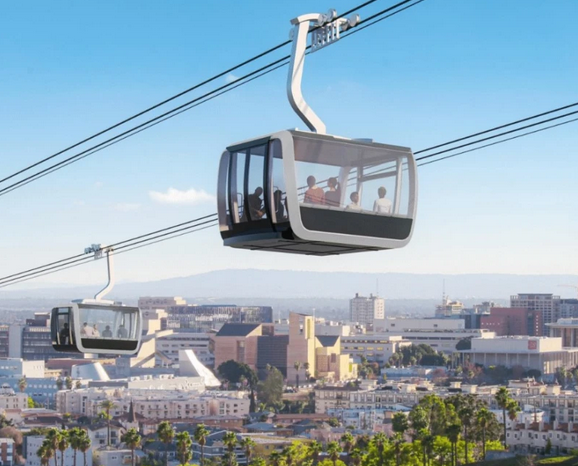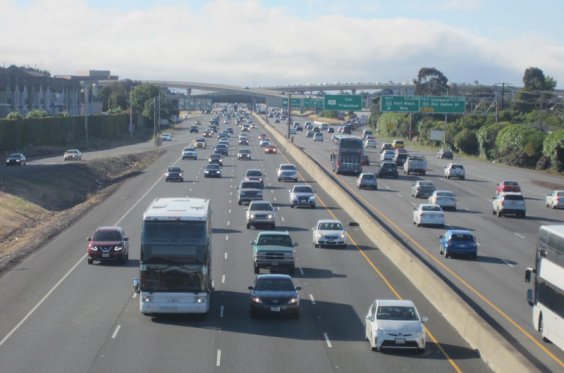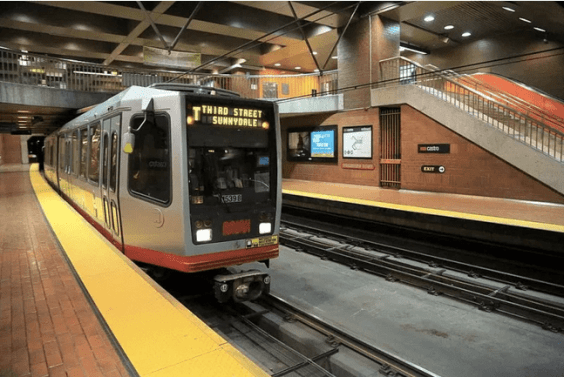Note: GJEL Accident Attorneys regularly sponsors coverage on Streetsblog San Francisco and Streetsblog California. Unless noted in the story, GJEL Accident Attorneys is not consulted for the content or editorial direction of the sponsored content.
The State Highway Operations and Protection Plan (SHOPP) funds maintenance and repair projects on California highways, which fall under the jurisdiction of Caltrans. Many of these projects are on local highways, which can be main streets, residential streets, and business-lined streets running through California towns and cities - in other words, places where local residents might wish to have a say in what the final product looks like.
But having a say hasn't been easy for people. The SHOPP has a long lead time, and it is difficult to know what might be on the list until a draft is released. Once a draft is released, it's often too late to make suggestions to reshape a project or even just add complete streets elements that are better than painting a sharrow.
The California Transportation Commission will host a workshop next week with the twin goals of educating people about the SHOPP process and gathering ideas for how to improve it. The workshop takes place next Thursday, May 28, from 1 to 4, from the comfort of your home. Pre-register here to reserve a spot.
A new SHOPP is adopted every two years, and each one adds two years' worth of new projects each time. The 2020 SHOPP was adopted last week, and work is already underway on the 2022 SHOPP.
So now is the time to have this conversation. "We're right in the middle of Caltrans districts preparing scoping documents for the 2022 SHOPP," said Jon Pray, assistant chief engineer with the CTC. "Right now, all eyes are on the just-adopted 2020 SHOPP, but anyone who wants to give meaningful input needs to be looking ahead, to the 2022 SHOPP. This is the time right now for stakeholders to be engaged."
To that end, CTC and Caltrans staff are hoping to get participation in this workshop from local and state advocates, city and county planners, regional agencies, and even Caltrans district staff. The purpose is both to talk about the current planning process, so people can learn what channels currently exist for providing feedback, and to gather ideas for making the process work better.
Caltrans has been making a cultural shift over time, as documented by Streetsblog, starting with a push from the top to refocus from just being a highway department to considering everyone who needs to get places, to setting mode-shift goals, to integrating sustainability into its planning processes.
The most recent CTC meeting demonstrated that Caltrans director Toks Omishakin is strongly committed to embracing and encouraging the use of sustainable modes on state roads, as he argued for a financial commitment for complete streets elements in SHOPP projects. Director Omishakin has stated that Caltrans recognizes the importance of integrating complete streets elements into projects early on, as this is the most cost-effective time to do it.
But a cultural shift in any large organization takes time, talk, and training. At Caltrans, this is ongoing.
Each of the twelve Caltrans districts has either hired or is hiring an active transportation coordinator, and is creating a new, district wide Active Transportation Plan. Previous iterations of these plans, which used to be referred to as "bike plans," were very weak, sometimes nothing more than a map of common recreational routes.
The creation of these plans is one part of the planning process during which people can weigh in on what they want to see on the streets they use every day. Once the plans are complete, local stakeholders can then hold the districts accountable for incorporating them into their SHOPP projects.
But to work, this will require solid public engagement, something Caltrans has not been famous for. However, the ongoing cultural shift has produced some results already; the process used to create the District 4 Bike Plan has been held up as an example of the right way to go about it.
CTC staff hope workshop participants will bring and share ideas about how the public engagement process can be improved for everyone. The workshop will not focus on specific projects, as the goal is to discuss the ways specific projects can be addressed now, and how to make that process work better in the future.






